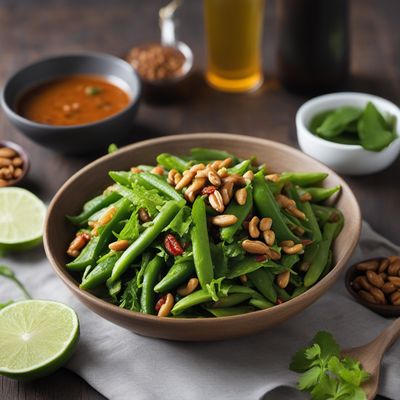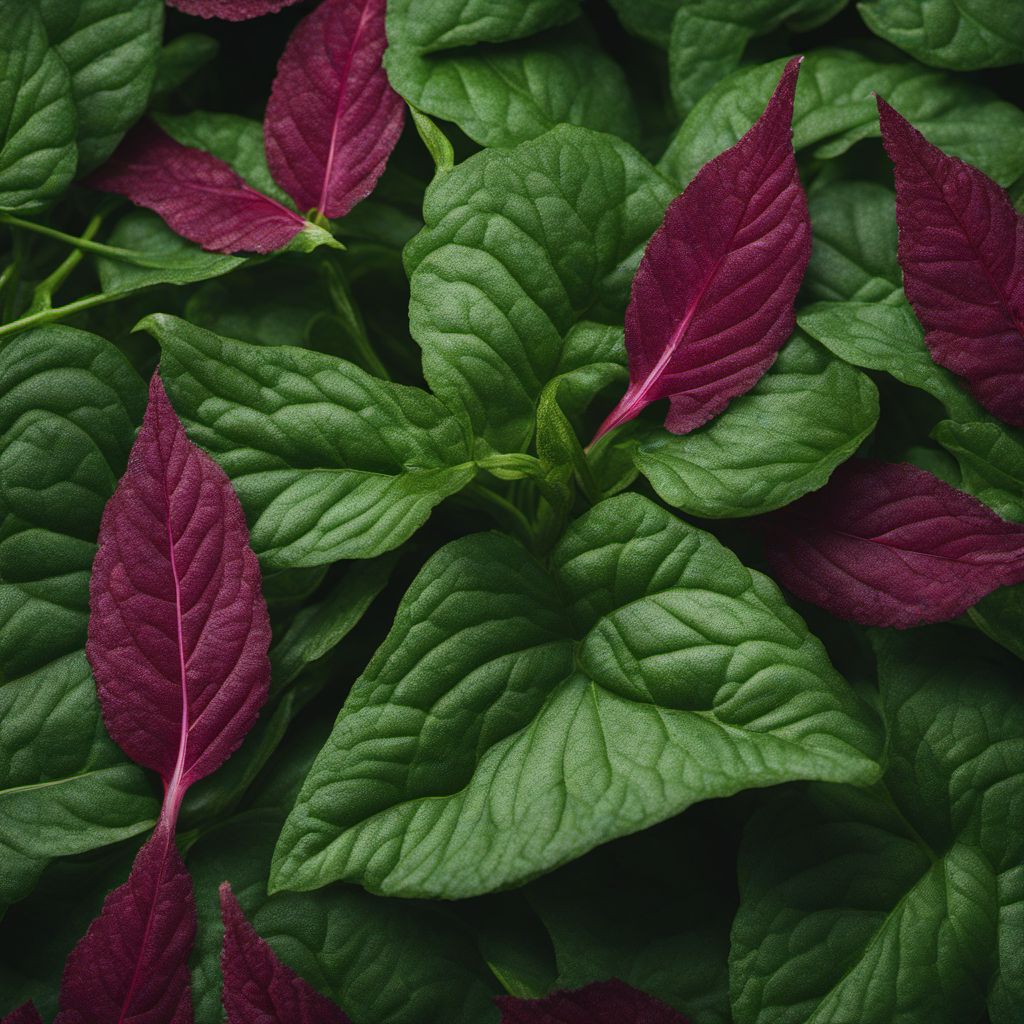
Ingredient
Amaranth leaves
The Nutrient Powerhouse: Exploring the Versatility of Amaranth Leaves
Amaranth leaves are vibrant green, tender, and have a slightly earthy flavor. They possess a delicate yet slightly chewy texture, similar to spinach or Swiss chard. These leaves are known for their attractive appearance, with broad, lance-shaped leaves and vibrant red or green stems.
Origins and history
Amaranth leaves have a rich history dating back thousands of years. Native to Central and South America, they were cultivated by the Aztecs and Incas, who considered them a staple crop. Over time, amaranth leaves spread to other parts of the world, including Africa and Asia, where they became integral to local cuisines.
Nutritional information
Amaranth leaves are a nutritional powerhouse, packed with essential vitamins and minerals. They are an excellent source of vitamin A, vitamin C, iron, calcium, and dietary fiber. Additionally, they are low in calories, making them a great choice for those seeking a nutrient-dense, low-calorie option.
Allergens
There are no known allergens associated with amaranth leaves.
How to select
When selecting amaranth leaves, look for vibrant green leaves without any signs of wilting or yellowing. The stems should be firm and not slimy. Avoid leaves with insect damage or discoloration.
Storage recommendations
To maintain the freshness of amaranth leaves, remove any rubber bands or ties and store them in a plastic bag or airtight container in the refrigerator. They can stay fresh for up to 3-4 days.
How to produce
Amaranth leaves can be easily grown in home gardens or containers. They thrive in warm climates and require well-drained soil and regular watering. Sow the seeds directly in the soil or start them indoors and transplant them once they have developed a few leaves.
Preparation tips
Before using amaranth leaves, wash them thoroughly under running water to remove any dirt or debris. Trim off the tough stems and use only the tender leaves. Amaranth leaves can be sautéed, steamed, stir-fried, or added to soups, stews, and curries. They can also be used raw in salads or blended into smoothies for an added nutritional boost.
Substitutions
Spinach or Swiss chard can be used as substitutes for amaranth leaves, as they share similar flavors and textures.
Culinary uses
Amaranth leaves are commonly used in various cuisines around the world. They are often added to curries, stir-fries, and soups. In Indian cuisine, they are used to make traditional dishes like saag or dal. They can also be used as a filling for wraps or added to salads for a nutritious twist.
Availability
Amaranth leaves are commonly available in regions such as India, Africa, Southeast Asia, and Central and South America.
More ingredients from this category
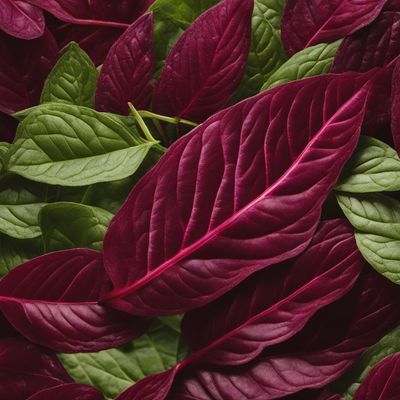
Red amaranth leaves
The Vibrant Green Alternative
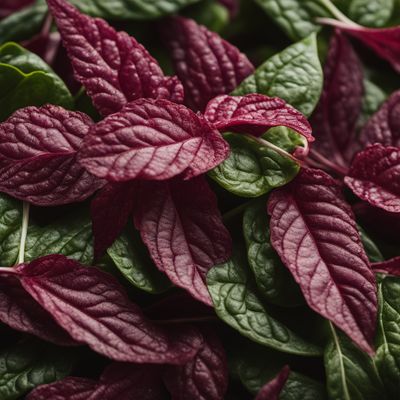
Chinese amaranth leaves
Vibrant Greens: Exploring Chinese Amaranth Leaves
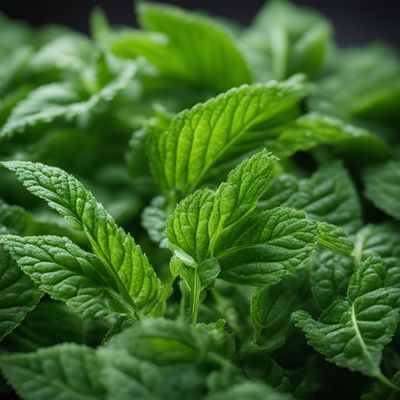
Green amaranth leaves
The Nutrient-Packed Powerhouse: Green Amaranth Leaves

Spleen amaranth leaves
The Nutritional Powerhouse: Spleen Amaranth Leaves
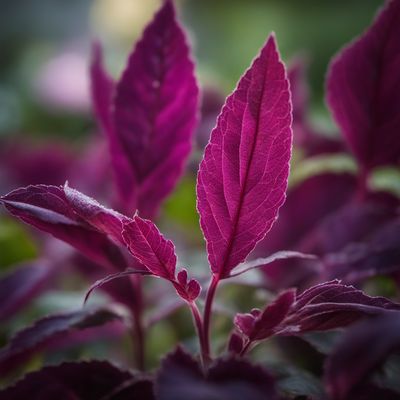
Purple amaranth leaves
The Vibrant Greens of Health
